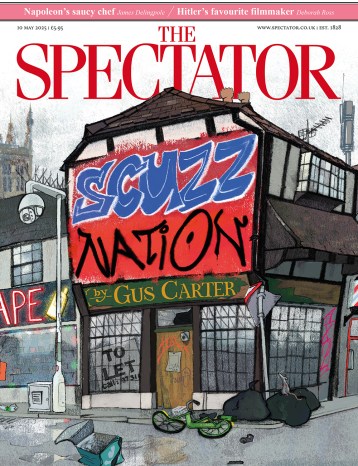The word ‘hoax’ did not catch on till the early 19th century. Before that one spoke of a hum, a frump, a prat or a bilk. But 18th-century Britain, even if not rife with talk of ‘hoaxes’, was full of incautious souls at risk of being bilked. James Graham, a Scottish quack, was able to charge infertile couples £50 a night to lounge in his Celestial Bed, which had a mattress lined with hair from stallions’ tails.

Disagree with half of it, enjoy reading all of it
TRY A MONTH FREE
Our magazine articles are for subscribers only. Try a month of Britain’s best writing, absolutely free.
Already a subscriber? Log in






Comments
Join the debate, free for a month
Be part of the conversation with other Spectator readers by getting your first month free.
UNLOCK ACCESS Try a month freeAlready a subscriber? Log in